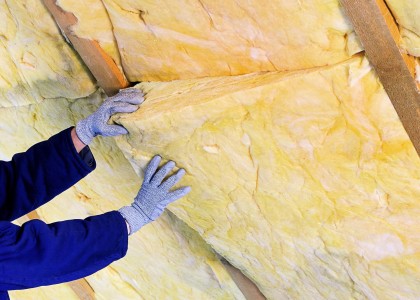Congress should…
- Assure that Energy Star® and other government labeling programs recognize and appropriately treat emerging technologies that promise great benefits, even before they have substantial market share.
- Promote the highest efficiencies available for federal purchases.
- Actively support market aggregation activities that can create a sustainable market for new technologies and practices.
The Issue
The least efficient air conditioners and other equipment sold today are more efficient than the very best mainstream models in the past. Current efficiency standards are based on the performance of yesterday's innovations. Continuing increases in efficiency require nurturing innovative emerging technologies from market entry through mainstream market acceptance, to continue harvesting cost-effective improvements that save energy and thus help prevent pollution and money spent on energy waste.
Summary
Products, practices, and processes have a life cycle: Yesterday's innovation becomes today's premium or leading-edge, and then tomorrow's mainstream. Ultimately, as newer ways emerge, the old ones are "locked in" with efficiency standards, fleet CAFÉ requirements, and building codes. The known energy efficiency resource is huge and could displace approximately 30% of today's energy use, cost-effectively. In a carbon-constrained, intensely competitive world, countries that innovate best will increase their standards of living more than those that rely on licensing or importing from elsewhere.
Today, some mature technologies are reaching practical limits in their performance. Progress in saving energy will require adopting today's innovative approaches that represent large changes in the present ways. Examples include advanced hybrid and diesel light-duty vehicles, heat pump and condensing water heaters, and advanced energy distribution systems in buildings.
The federal government has traditionally emphasized basic science and engineering research, but has paid much less attention to the actions required to foster acceptance of innovation in the marketplace. Across the spectrum of energy efficiency areas (buildings, industry, and transportation), the landscape is dominated by entrenched organizations and ways of doing business, so "disruptive" innovation is very hard. Federal actions can illuminate the path to the future.
For More Information:
- ACEEE’s Web site: www.aceee.org/emertech/buildings.htm
- Emerging Technologies Coordinating Council: www.etcc-ca.com


